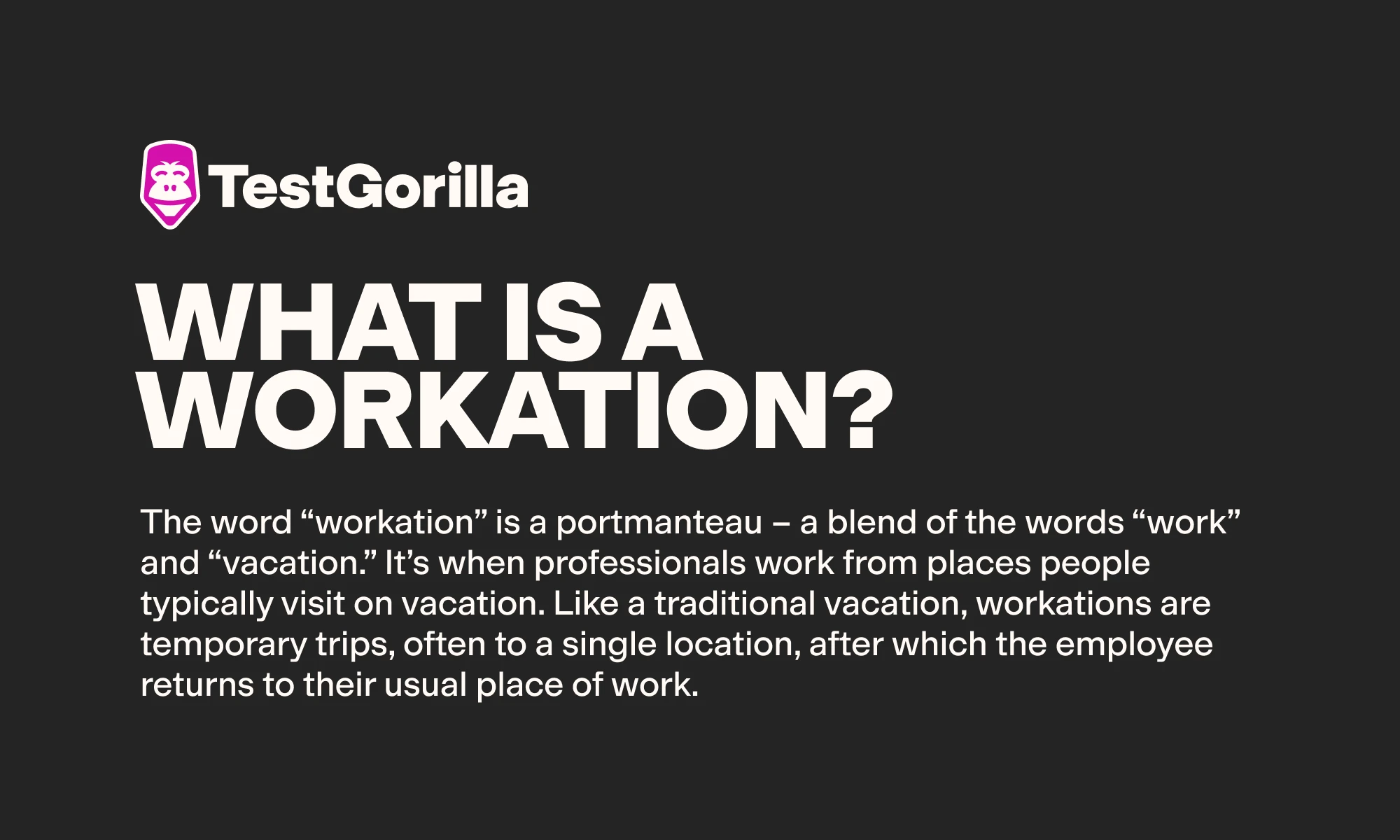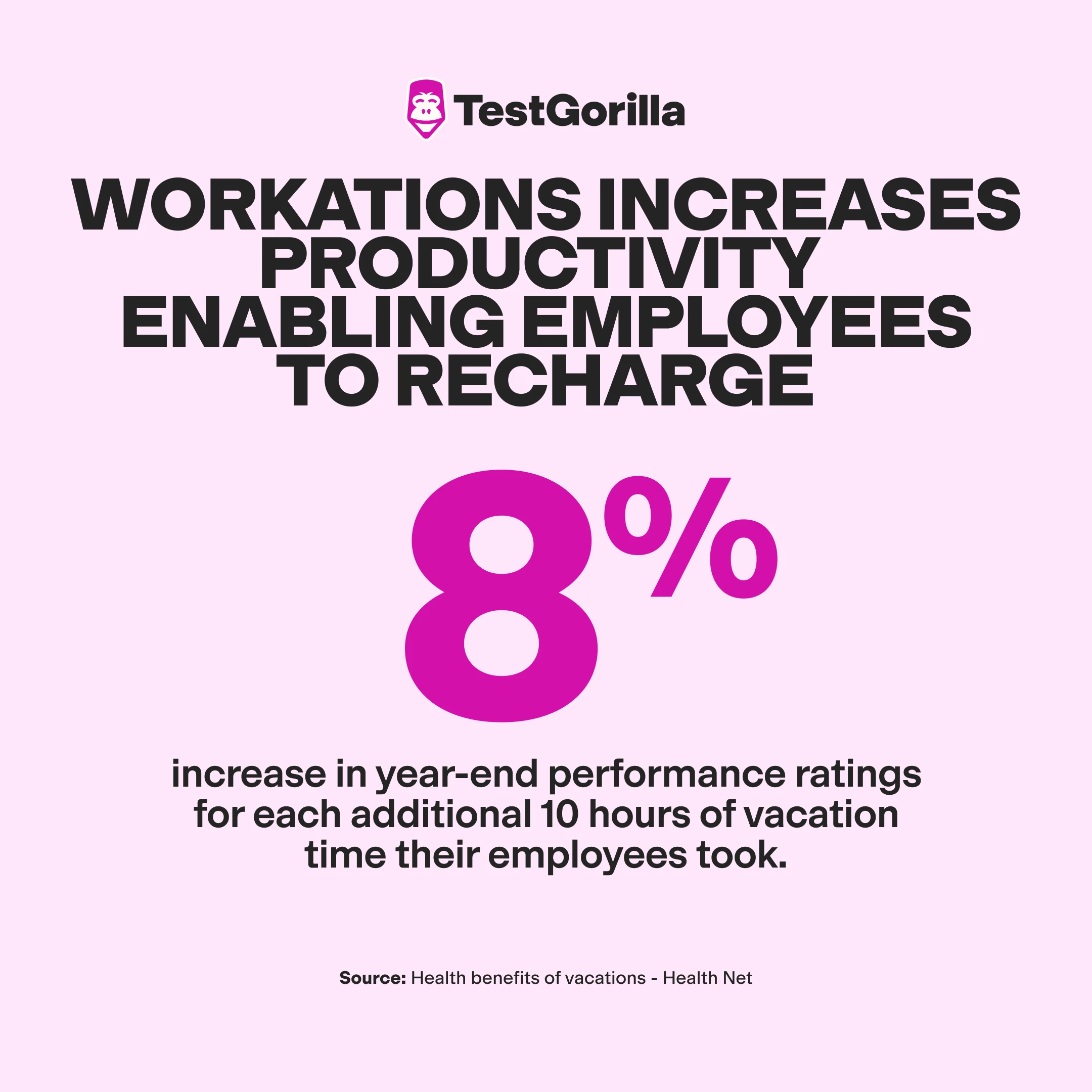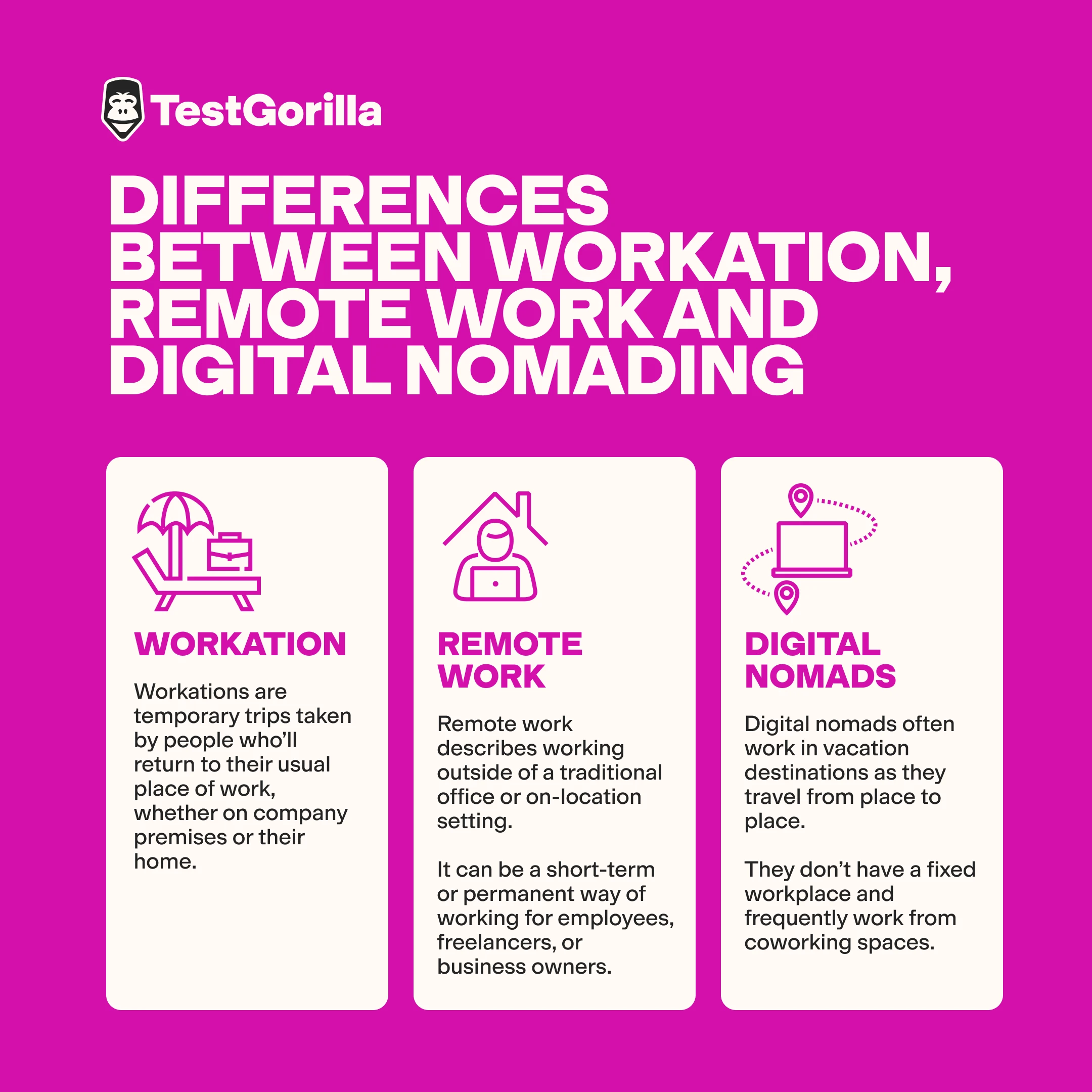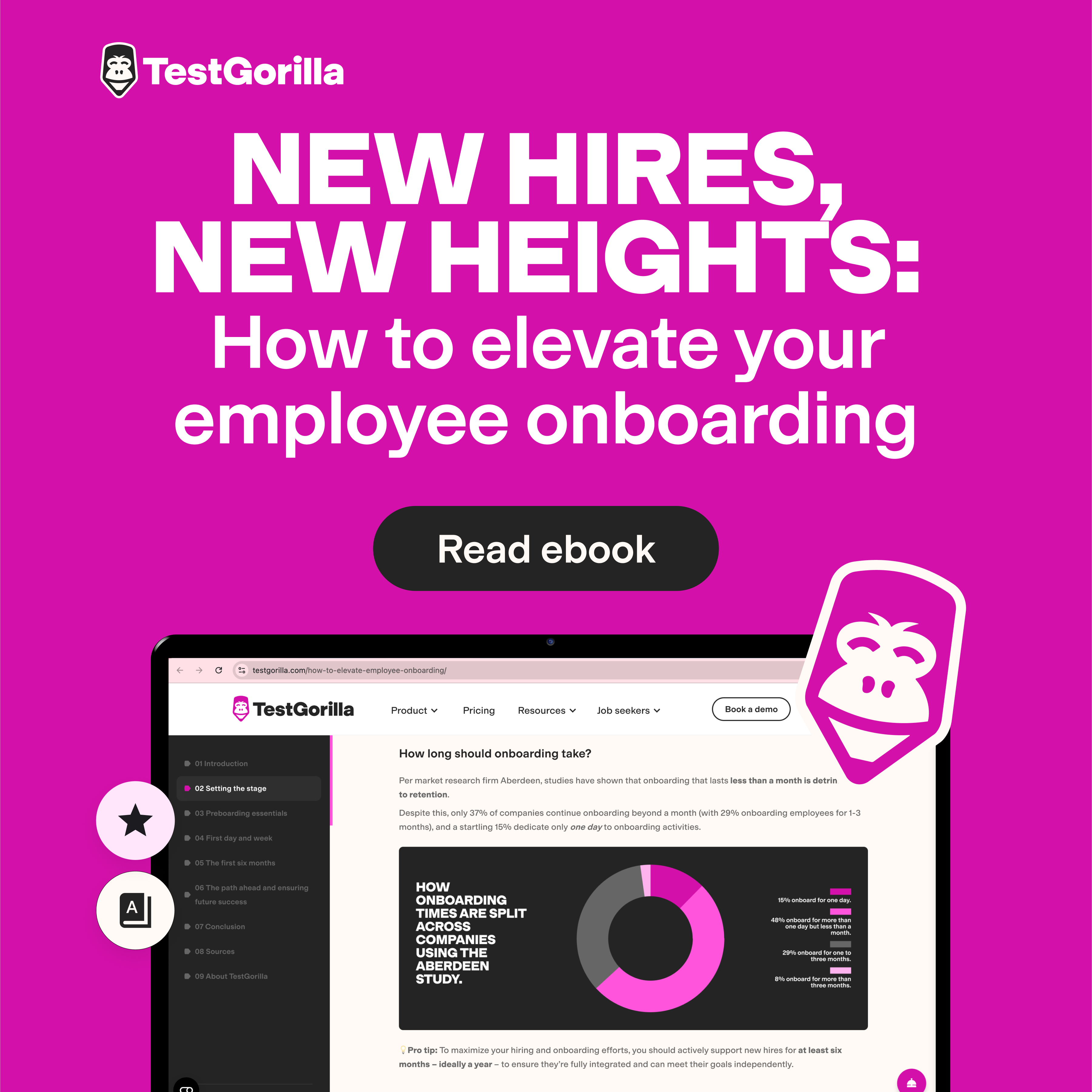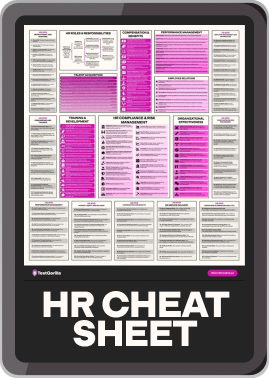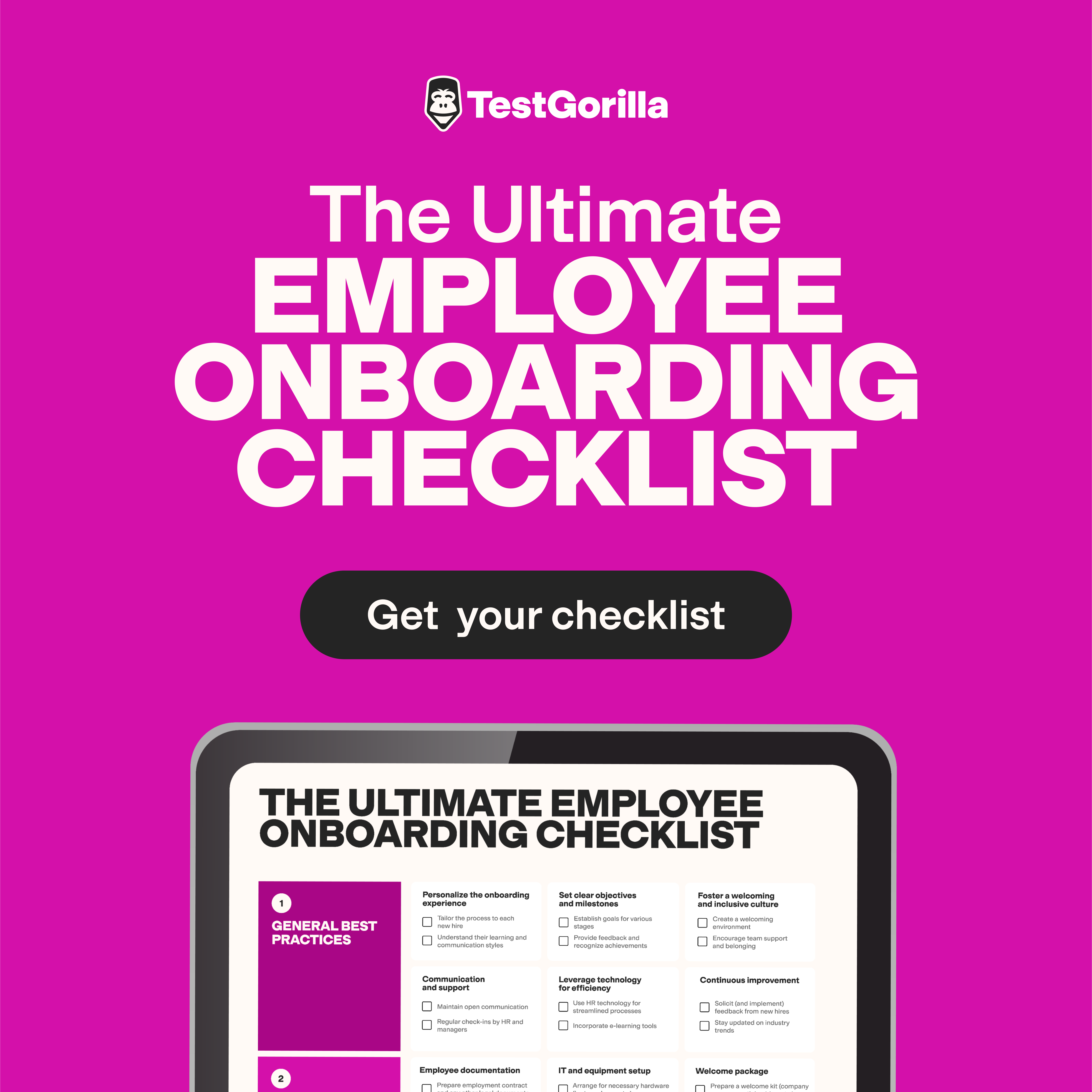The word “workation” is a portmanteau – a blend of the words “work” and “vacation.” It’s when professionals work from places people typically visit on vacation. Like a traditional vacation, workations are temporary trips, often to a single location, after which the employee returns to their usual place of work.
Data from the Survey of Working Arrangements and Attitudes shows that remote work is most common in finance, tech, and professional and business services and is usually associated with hybrid employees, freelancers, and business owners. However, anyone who can perform their job remotely can benefit from a workation.
How does a workation work?
When someone goes on workation, they temporarily exchange their regular workplace for a new location, but take their work responsibilities with them.
For example, an office-based employee might arrange a workation to visit somewhere new, perhaps as an alternative to using up their vacation days.
Facilitating workations is often easier for people who already work remotely. A hybrid worker may be able to take a short-term workation during their remote work days, or a fully remote worker might negotiate a long-term workation with their employer.
The change of scenery provided by the workation is a perk itself – and when they’re off-the-clock, they can explore and enjoy leisure time. In all cases, they’ll return to their permanent work location or locations at the end of their time away.
The benefits of a workation
Let’s look at the benefits a workation offers:
Increased productivity
Workations give employees a break from their day-to-day routine, enabling them to recharge and return to work refreshed. Studies have shown that the benefits of vacations continue after employees return to the office – Ernst & Young recorded an 8% increase in year-end performance ratings for each additional 10 hours of vacation time their employees took.
Increased creativity
A 2014 study showed that employees generated more diverse ideas and higher levels of cognitive flexibility after a vacation, which means workationing employees may bring fresh perspectives, innovative ideas, and enhanced problem-solving skills to their work.
Higher job satisfaction and employee retention
Workations hit many of the factors that drive employee well-being, such as flexibility and work-life balance. This contributes to higher employee satisfaction rates, which in turn contributes to longer employee retention.
The best insights on HR and recruitment, delivered to your inbox.
Biweekly updates. No spam. Unsubscribe any time.
Challenges of workations and how to overcome them
Allowing employees to take workations isn’t without a few challenges. Let’s explore the main concerns faced by employers and the best practices to implement to overcome them:
Challenges | Best practices to overcome |
Productivity concerns: The temptation of leisure activities or exploring a new location could affect productivity. | Have clear workation policies that outline employees' responsibilities, like adhering to fixed working hours. |
Time zone and communication issues: Communication barriers can lead to delayed projects and missed performance goals. | Lay out your remote communication expectations and methods in your workation policy. State when communication should take place, expected response times, and which tools (email, Slack, Zoom) should be used for different types of communication. |
Security risks: Security breaches, like data leaks due to working remotely on an unsecured network, can have serious consequences. | Have strict remote work policies about what devices employees can use for work, and take steps like mandating the use of a VPN to encrypt data transmissions. |
Weakened company culture: The fear that the absence of remote employees from the workplace will dilute company culture. | Use remote work software to streamline collaboration and schedule check-ins with remote employees to ensure they remain engaged and part of the team. |
Workation vs. remote work vs. digital nomading: What’s the difference?
These terms can cause confusion since they share some similarities. Below, we provide a comparison between these ways of working:
Workation | Remote work | Digital nomading |
Workations are temporary trips taken by people who’ll return to their usual place of work, whether on company premises or their home. | Remote work describes working outside of a traditional office or on-location setting. It can be a short-term or permanent way of working for employees, freelancers, or business owners. | Digital nomads often work in vacation destinations as they travel from place to place. They don’t have a fixed workplace and frequently work from coworking spaces. |
How companies can support workations
There’s a little more to implementing workations than handing out company laptops and hoping for the best – successful workations take careful planning and consideration. Here’s how to roll out workation programs in your organization.
Embrace remote and hybrid work models
Workations depend on two key factors: employees’ ability to work remotely and employers’ willingness to allow remote and hybrid work models. Once you facilitate remote work, it’s easy to segue into offering workation opportunities.
Using remote work technology enables organizations to replicate much of the in-office experience. Tools like cloud-based collaboration platforms, video conferencing, and project management software allow teams to maintain efficiency, regardless of where they’re physically located.
Assess candidates’ ability to work remotely
While many people are attracted to the idea of working from a tropical beach or buzzing new city, for a successful workation, employees need to be:
Self-motivated and capable of managing their workload in the allure of a new environment or country.
Able to maintain effective communication when away from their regular workplace, in some cases across different time zones.
Comfortable with technology and able to troubleshoot issues independently.
Skills-based testing is a great way to identify employees you can count on to deliver results no matter where they work. Consider evaluating motivation, communication, or computer literacy to ensure your employees have the key skills for remote work.
FAQs
What are the benefits of workations for employers?
Embracing the workation trend can help employers attract and hire the most talented people for their roles. Work flexibility is a universal benefit that today’s employees value more than material perks like gym memberships. By offering this widely valued incentive, employers can differentiate themselves from their competition and position themselves as employee-centric organizations.
What are the benefits of workations for employees?
Workations give employees more opportunities to take a break from their daily routine. Nearly half of US workers take less time off than their employers allow, often due to workload concerns. Workations enable travel without the fear of returning to a backlog of work. Taking workations can reduce work stress and improve employees’ personal lives by promoting better work-life balance.
You've scrolled this far
Why not try TestGorilla for free, and see what happens when you put skills first.


